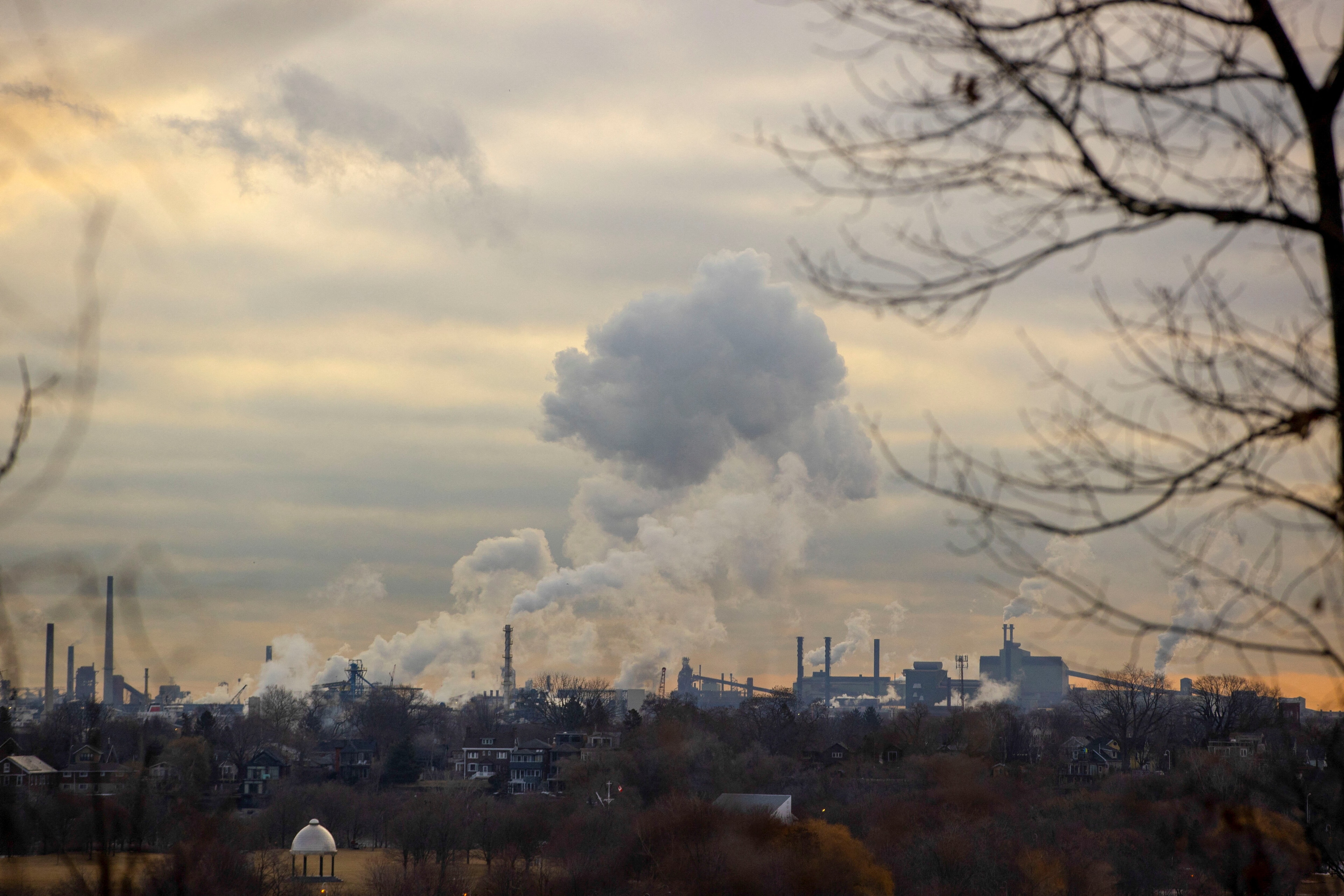Australia is building the world's largest single-tower solar thermal power plant

South Australia plans to construct the world's largest single-tower solar thermal power plant.
Image: REUTERS/Stringer
Stay up to date:
Decarbonizing Energy
In brief
South Australia has announced plans to construct the world's largest single-tower solar thermal power plant in Port Augusta. The plant will use technology developed by SolarReserve to store energy in molten salt, giving it the ability to operate 24 hours a day.
Sun and salt
The government of South Australia has announced plans to construct the world’s largest single-tower solar thermal power plant in Port Augusta. California-based solar tech company SolarReserve will be responsible for both the build and upkeep of the facility.
The Aurora Solar Energy Project is based on plans that were developed as part of the Rice Solar Energy Project in California, which stalled as a result of changes to tax credits related to renewable energy.
Once built, arrays of heliostats will focus solar energy onto a central tower, which uses molten salt technology to store that energy as heat. These molten salts will provide 1,100 megawatts of energy storage capacity, which equates to eight hours of full load storage. This will allow the facility to generate electricity during the night as well as during the day when sunlight is shining down.
Aurora is projected to have an output of 150 megawatts and an ability to generate 495 gigawatt hours of electricity each year. The station will be able to service 90,000 homes and is expected to be able to cater to around five percent of South Australia’s total energy needs. Construction on the $650 million plant will begin next year, with the expectation that Aurora will be producing electricity by 2020.
The sun sets on coal
The Aurora Solar Energy Project won’t be the first major renewable energy project for South Australia. In July, the local government inked a deal with Tesla to install a Powerpack system that will work alongside the Hornsdale Wind Farm.
Tesla CEO Elon Musk has been very clear about the potential for solar to help the U.S. meet its own energy needs, asserting that the entire nation could be powered by an area measuring 25,600 square kilometers (10,000 square miles) filled with solar panels.
Despite these claims and the assertions of other experts, however, U.S. President Donald Trump appears determined to try to revive the coal industry.
That hasn’t slowed the adoption of renewable energy in other parts of the world, though. Morocco is currently building the world’s largest traditional solar plant, China’s massive floating solar power plant just went online, and India’s record-holding solar farm can power 150,000 homes.
Despite a lack of federal support, individual states and cities within the U.S. are committing to fossil fuel alternatives as well — just this month, Orlando, Florida, became the fortieth city in the country to make a commitment to completely transition to renewables within the next several decades.
A primary contributor to this increased adoption is cost. For a long time, a main argument against renewable energy sources has been their high cost when compared to fossil fuels.
Now, the solar panels that we’ve become accustomed to seeing atop residential homes have dropped in price significantly, and building a new commercial solar plant is also cheaper than building a plant that’s powered by fossil fuels. Experts are predicting that solar energy will actually be cheaper than coal within the next four years.
This increased affordability will no doubt lead to the creation of more projects like the one in Port Augusta, and that will go a long way toward helping the world meet the goals of the Paris Agreement and stem the damage we’ve done to the planet through the use of fossil fuels.
Don't miss any update on this topic
Create a free account and access your personalized content collection with our latest publications and analyses.
License and Republishing
World Economic Forum articles may be republished in accordance with the Creative Commons Attribution-NonCommercial-NoDerivatives 4.0 International Public License, and in accordance with our Terms of Use.
The views expressed in this article are those of the author alone and not the World Economic Forum.
Forum Stories newsletter
Bringing you weekly curated insights and analysis on the global issues that matter.
More on Nature and BiodiversitySee all
Tom Crowfoot
October 8, 2025
Constanza Gomez-Mont
October 7, 2025
Dorothy Abade-Maseke and Akim Daouda
October 6, 2025
Marco Lambertini
October 2, 2025
Tom Crowfoot
October 2, 2025
Gareth Francis
October 2, 2025






